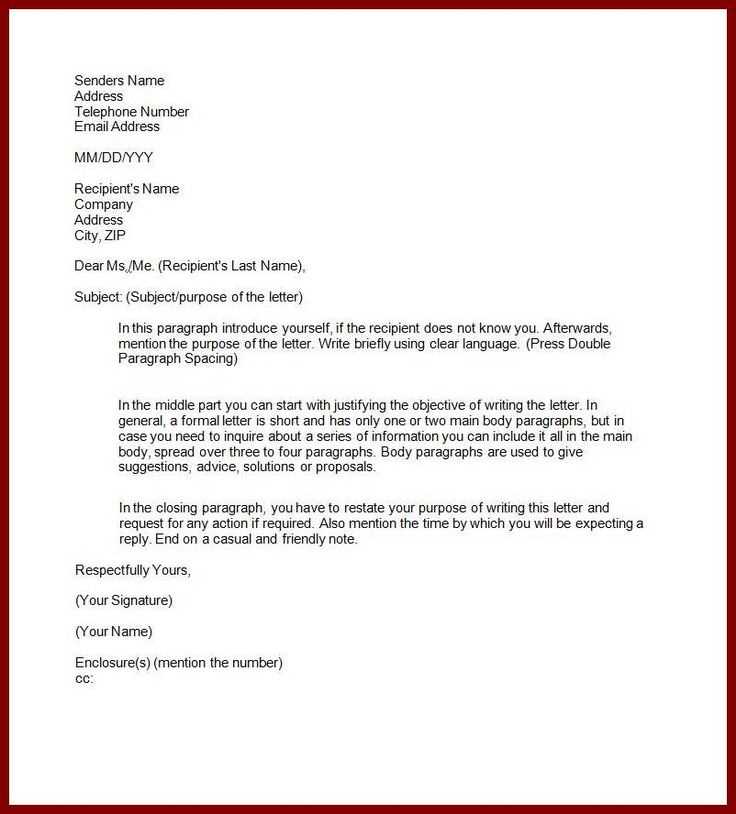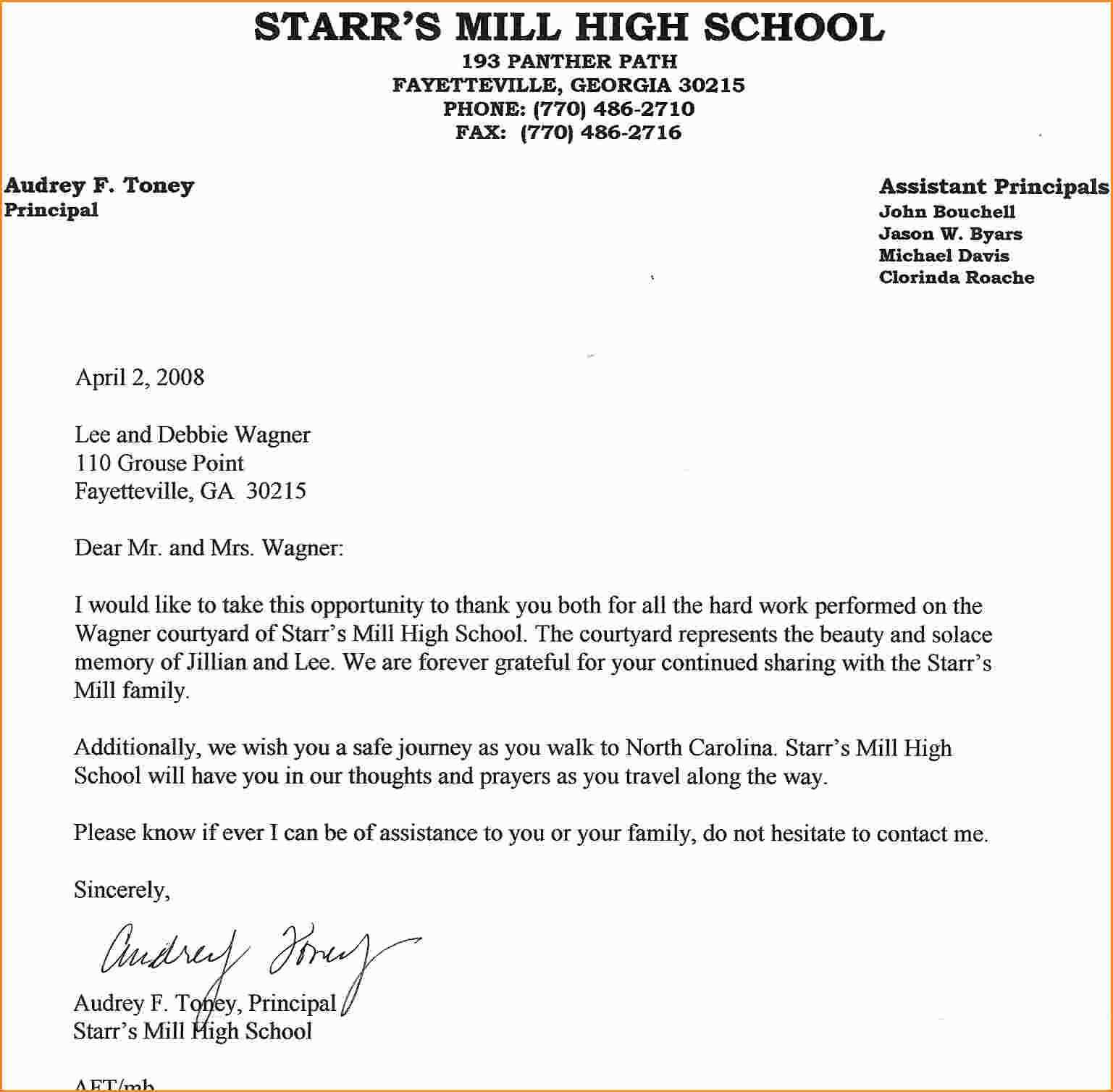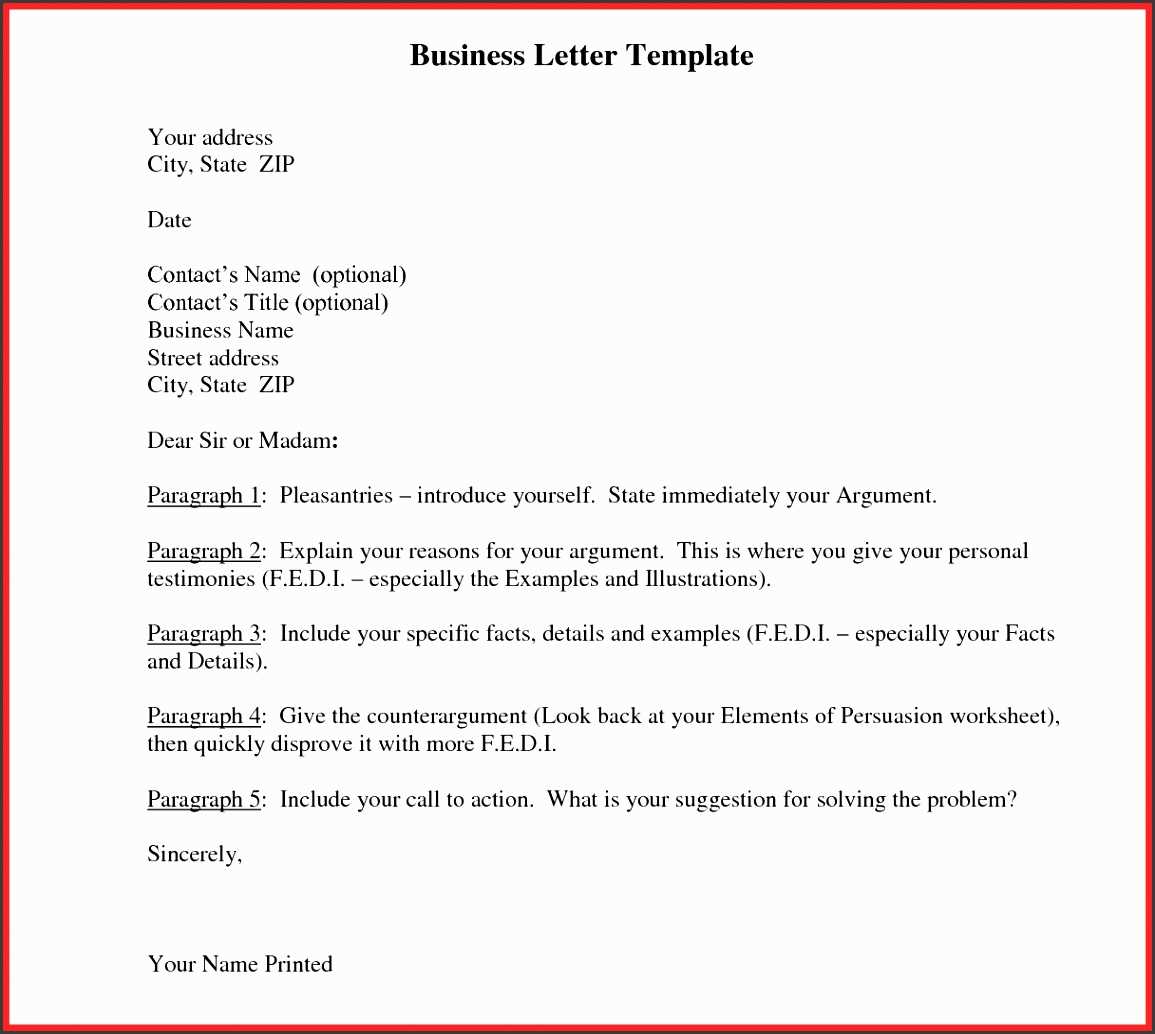How to Write a Formal Letter to a Judge Template

When addressing a legal authority, it is essential to maintain a respectful and structured approach. The way you phrase your communication can significantly impact its effectiveness and the response you receive. Understanding the proper format and tone is crucial for conveying your message clearly and respectfully.
In this guide, we will explore the key components of drafting a request to a court official, focusing on the proper etiquette, essential elements, and common pitfalls to avoid. Whether you’re seeking a favor, clarification, or any other matter, knowing the correct method will help you make a positive impression.
Understanding the Purpose of a Professional Request
When communicating with a court official, the objective is to present your situation or request in a clear, respectful, and concise manner. Such written communication serves as a formal means of addressing the authority, whether you are seeking an explanation, requesting a modification, or conveying an important concern. The goal is to ensure that your message is understood and considered with the seriousness it deserves.
In this context, your communication acts as a reflection of your understanding of the legal process and your ability to adhere to established procedures. A well-crafted request can help facilitate a constructive dialogue and increase the chances of receiving a favorable response or clarification. It is important to recognize the significance of presenting your case effectively while maintaining a professional tone throughout.
When to Address a Judge in Writing

There are specific instances when reaching out to a court official in writing is necessary. Understanding these situations ensures that your communication is appropriate and timely. Below are some common scenarios when this form of correspondence is required:
- Requesting a change in the court schedule or hearing date.
- Seeking clarification on legal proceedings or instructions given by the court.
- Submitting evidence or documents that were not initially presented during a hearing.
- Appealing a decision or seeking reconsideration of a ruling.
- Requesting leniency or special considerations based on specific circumstances.
In each case, it is important to carefully follow the proper protocol, ensuring that your communication is respectful, precise, and relevant to the matter at hand. Reaching out at the appropriate time with clear intentions can have a significant impact on the outcome of your request.
Key Elements of a Professional Request
Writing to a court authority involves several important components that must be included to ensure clarity and effectiveness. Each element serves a specific purpose and contributes to the overall success of your communication. Below are the essential parts that make up a well-structured request.
1. Clear Heading and Address
The first step in crafting your communication is to include a proper heading and address. This establishes the context of your message and ensures it reaches the right recipient. Include your contact information, the recipient’s details, and the date of writing at the top of the document.
2. Introduction and Purpose

In this section, you should introduce yourself and clearly state the reason for writing. Be concise and direct in explaining the purpose of your communication, whether you are seeking clarification, submitting documents, or making a request.
| Part | Purpose |
|---|---|
| Salutation | Address the recipient appropriately, using a respectful and formal tone. |
| Body | Present the main message clearly, breaking it down into logical points or requests. |
| Conclusion | Summarize your request and express gratitude for the recipient’s consideration. |
These elements work together to create a polished and professional communication that can be easily understood and addressed by the recipient.
Structure and Tone for Effective Communication

The structure and tone of your written communication are essential for ensuring your message is clear, respectful, and impactful. A well-organized message allows the recipient to easily follow your points, while the appropriate tone reflects professionalism and consideration. Achieving this balance can significantly improve the likelihood of a positive response.
1. Logical Structure
Your communication should have a clear and logical structure. Start with a brief introduction that explains who you are and the reason for writing. Follow this with the main content, broken into distinct sections or paragraphs for clarity. Conclude with a polite and concise closing that summarizes your request or next steps.
2. Professional and Respectful Tone
The tone should remain formal and courteous throughout the entire message. Avoid overly casual language and ensure that you express yourself in a manner that reflects respect for the recipient’s position. Using polite phrasing and showing appreciation for their time can go a long way in establishing a positive tone.
Common Mistakes to Avoid in Correspondence
When writing to a court authority, there are several mistakes that can undermine the effectiveness of your communication. These errors can lead to misunderstandings, delays, or even a lack of response. Being aware of these pitfalls is essential for ensuring your message is received and taken seriously.
One common mistake is failing to maintain a respectful and professional tone throughout the message. Casual language or inappropriate phrasing can create a negative impression. Another frequent error is a lack of clarity, where the purpose of the message is not clearly stated or the points are scattered, making it difficult for the recipient to follow.
Additionally, neglecting the proper format and structure can diminish the readability of your correspondence. Always ensure that your communication is organized, with a clear introduction, body, and conclusion. Finally, not proofreading your message can result in grammatical mistakes or typos that weaken its overall professionalism.
Tips for Crafting a Polite Request
When addressing a court official, it’s crucial to phrase your request in a respectful and considerate manner. A polite tone not only helps convey your message effectively but also increases the likelihood of receiving a favorable response. Here are some key tips to ensure your communication remains courteous and professional:
- Use respectful language: Always address the recipient with appropriate titles and avoid informal language.
- Be concise: Clearly state your request without unnecessary details or long explanations.
- Express gratitude: Acknowledge the recipient’s time and consideration in your message.
- Be direct but polite: Avoid beating around the bush and get straight to the point while maintaining a respectful tone.
- Use positive phrasing: Frame your requests in a way that highlights your understanding of the situation and your willingness to cooperate.
By following these guidelines, you can ensure that your communication remains polite, respectful, and clear, increasing the chances of a constructive response. A well-crafted and courteous request speaks volumes about your professionalism and thoughtfulness.